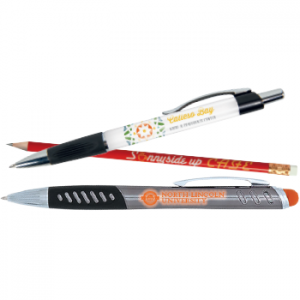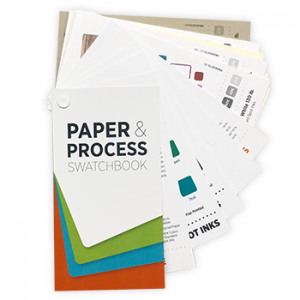 You’ve made it past the initial elevator pitch. Your new customer is interested. You’ve scheduled a meeting. You might be tempted to create a big presentation that will take most of your allotted time.
You’ve made it past the initial elevator pitch. Your new customer is interested. You’ve scheduled a meeting. You might be tempted to create a big presentation that will take most of your allotted time.
Then your customer calls. Maybe their day just got a lot busier. Maybe the weather looks like it is going to take a turn and they need to be out the door earlier than expected. Maybe they simply needed to shorten your meeting. It’s time to create a presentation that will pack a lot of sales punch into a limited time frame—and Navitor is here to help! Here are our tips for creating a great presentation when time is tight.
1. Start With What You Know—What Challenge are You Solving?
Whether you’ve had a chance to talk with your customer about the challenges their business is facing or you only know a little bit about the market they do business in, focusing on what need you’re fulfilling is an important way to bring focus to your presentation. If the customer mentioned that they are rebranding, for example, take a moment to discuss how ordering updated stationery pieces can help establish that brand. If they are moving to a new location, talk to them about updating signage. And if you’re going in blind, consider using our vertical market kits as a guide for which print pieces might be a good fit for their market.
2. Get Visual
You know how they say that a picture is worth a thousand words? When you don’t have time for those thousand words, embracing visuals can be a great way to pack more information into the presentation. Wherever you can, use graphs to illustrate data or diagrams to illustrate concepts like bleed. Not only do these visuals help your prospective customers understand the information you’re giving them, but they do so at a glance. And if your customer wants a more detailed discussion of the data you’re sharing, consider having a printout of the full information on hand.
And speaking of visuals…
3. Use Samples to Reinforce Information
Samples can be a good way to show your customers what final printed pieces will look like, and having print pieces to look at can help reinforce the information you’re discussing in your presentation. They are especially important if you’re going into your presentation without having had much contact with your prospective customer—samples can give them a great idea of what you can do.
4. End With a Call to Action
Especially when time is tight, having a clear next step in place is key to keeping the conversation going. Whether you’re going to call them in a week to discuss their needs further or they are going to send you their designs for business cards so that you can place the order, make sure that you end the meeting with a clear next step.
How do you create a great presentation when time is tight? We’d love to see you join the conversation in the comments below.
 Take a look at your desktop. If it’s anything like mine, you probably have a cup full of pens, pencils, and markers at the ready for taking notes, signing forms, and more. And chances are that at least some of your pens or pencils will be branded promotional pieces. Your customers might be interested to know just how effective pens and pencils can be at promoting their business.
Take a look at your desktop. If it’s anything like mine, you probably have a cup full of pens, pencils, and markers at the ready for taking notes, signing forms, and more. And chances are that at least some of your pens or pencils will be branded promotional pieces. Your customers might be interested to know just how effective pens and pencils can be at promoting their business. Whether it’s icy roads or a sudden snowfall keeping people indoors, doing business with customers in the winter can be a real challenge. And, when you’re faced with inclement weather, it can be a challenge to market to your customers as well. Here are just a few marketing strategies that you can employ even if your customers—or you—can’t make it to your storefront in person.
Whether it’s icy roads or a sudden snowfall keeping people indoors, doing business with customers in the winter can be a real challenge. And, when you’re faced with inclement weather, it can be a challenge to market to your customers as well. Here are just a few marketing strategies that you can employ even if your customers—or you—can’t make it to your storefront in person. If you haven’t sat down with your 2019 Navitor Catalog, you might not have noticed that one of your favorite products is back in our product offering. That’s right—full color plastic bags are back!
If you haven’t sat down with your 2019 Navitor Catalog, you might not have noticed that one of your favorite products is back in our product offering. That’s right—full color plastic bags are back! Print has a lot of features that can be replicated on a digital screen, but one feature simply must be experienced in person: texture. Texture might be a nearly unphotographable element of your customer’s print order, but whether your customer is looking for a glossy finish or subtle elegance, stock texture is an essential part of their print pieces.
Print has a lot of features that can be replicated on a digital screen, but one feature simply must be experienced in person: texture. Texture might be a nearly unphotographable element of your customer’s print order, but whether your customer is looking for a glossy finish or subtle elegance, stock texture is an essential part of their print pieces.